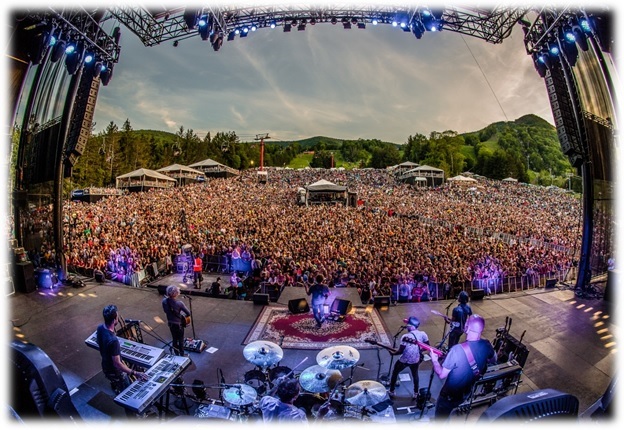
I am often asked the question:
What radio stations are truly succeeding in event marketing?
Or perhaps more to the point, how much money can we make with station events?
And the answer is that in spite of the incredible potential of creating events hand-crafted for radio audiences, most broadcasters have struggled in the space. Part of the explanation has to do with the reality that few radio companies have expertise in putting butts in seats. Stations know how to run promos and ads for concerts and sporting events. Pulling off a successful and profitable live show is a whole other thing.
Townsquare, across their entire portfolio of stations, has proved the event marketing model. On a more regional basis, so has Galaxy Media, based in Syracuse, and now expanding its event footprint. But aside from these occasional successes, most radio companies, clusters, and stations have simply not maxed the opportunity to entertain its fans via live events, concerts, and gatherings.
The fear of failure plays a role in radio’s hesitance to go all-in on event marketing. While there may be financial upside in putting together successful events, the potential costs of a disaster – due to weather, no shows, or even a listener getting hurt at an event – often are impediments to jumping into this space.
But perhaps part of the problem is that most radio companies ask the wrong questions about event marketing, thinking of it as a money-making opportunity first, rather than widening their perspective to provide the audience with a unique opportunity to enjoy the brand, its personalities, and its content.
We’ve recently talked in this blog about the art of “putting butts in seats” – something that many podcasters are in the process of mastering. Yes, several are making a lot of money from their tours. But they’re also cementing their fan base in market after market, creating even more affinity and connection.
And that brings us to one of the newer entries in media event marketing – The New York Times.
I always keep an eye on the “old gray lady” when it comes to non-traditional activities. They have a winning history of not going into a new space until they’ve thought it through. Look at the success they’ve had with their podcast – The Daily.
It has become an incredibly popular part of morning news routines, especially impressive for a newspaper that ostensibly knew nothing about creating great audio content. Part of the success behind this podcast is that it’s a logical and brilliant extension of the brand’s strength – incredible journalism.
The Drum’s Katie Deighton wrote a recent story about the Times’ next foray – a mega-event based around food, the universal unifier. We may not agree on politics or sports teams, but when it comes to food, we’re all on the same page.
The not-so-cleverly named Food Festival is scheduled for early October in Bryant Park in midtown Manhattan.
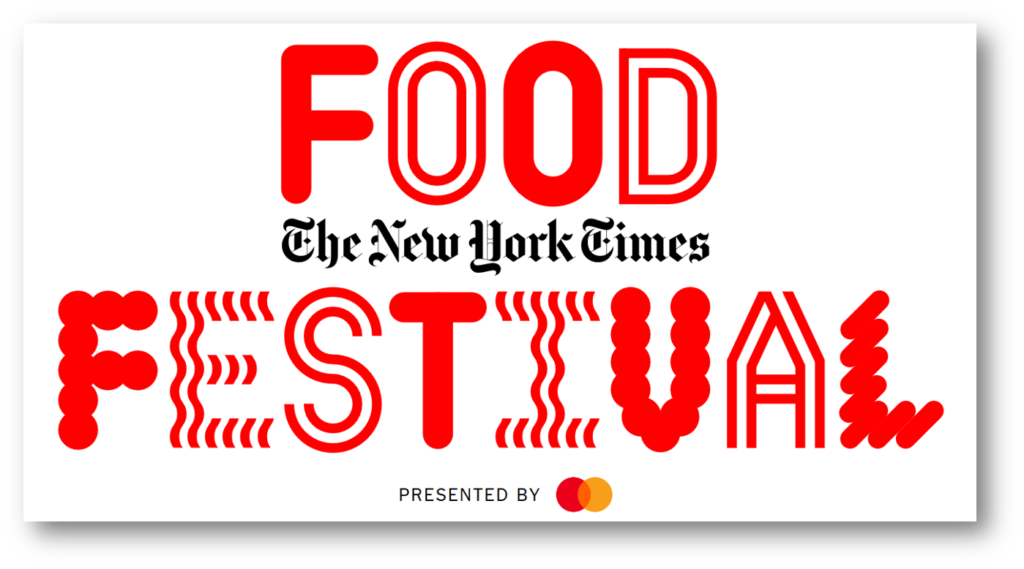
The title of Deighton’s story speaks volumes about the Times strategic focus for this event:
“The New York Times’ Commercial Plan For Live Events? Put Editorial In Charge”
The force behind the Times initiative is Allison Murphy, SVP of ad innovation, who put the event together. First and foremost for Food Festival is the newspapers’ journalists – not just profit margins.
As Lisa Howard, the Times SVP/GM media, explains, “It’s really about our journalism and not just trying to make some money on ticket sales…When I say the editors are curating and running it, that means they’re going to make the decisions that are best for The New York Times journalism and not for the bottom line. That’s an important distinction.”
Of course, the Times’ credibility may be on a different strata than a Country or Hip-Hop radio station. But not really. Because if the wrong bands are booked or the event experience runs counter to the sensibility of the audience, trust can be fractured.
That’s why its important that in order to be successful – especially the first time out – a station event must reflect the brand.
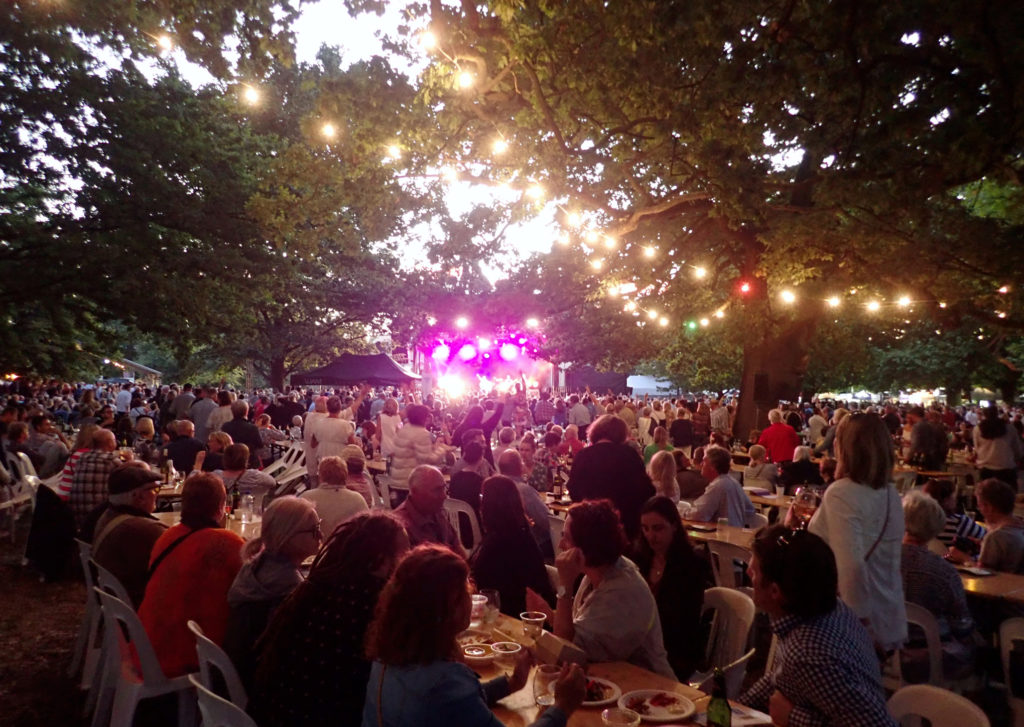
The Times has done its homework, and is very much in touch with what fans want – t0 connect with the journalists who know food. It’s their version of personalities, DJs, hosts. A big part of Food Festival is to humanize its journalism at the event.
But at the end of the day for The New York Times, it’s about putting its readers ahead of the Benjamins. And that’s something that many radio broadcasters lose sight of when planning and staging events. Howard and her team have their priorities in order:
“Everything is really driven by your reader.”
All that said, Food Festival has laid the ground work to ensure its best advertisers and vendors are part of the event. Select eateries will be part of its “Restaurant Row.”
Honored to be part of The New York Times Food Festival & looking forward to a fascinating conversation w @andrewzimmern & @kimseverson. Join us for our talk “Bourdain and Beyond” Oct. 5, and stay all weekend to eat, drink & celebrate! https://t.co/DrbGL5q5dm #nytfoodfest @NYTLive pic.twitter.com/85Z1lR6VRV
— Pati Jinich (@PatiJinich) July 10, 2019
And of course, big sponsors are “all in” for Food Festival. Not only does that ensure success for its debut run, it also allows the Times to keep ticket prices low. General Admission for each day is just $25, while admission to panels is $45.
Sponsorship is also an avenue to creating a better event. Mastercard will allow Food Festival to run “cashless,” while Uber Eats will deliver food to residents outside of Midtown.
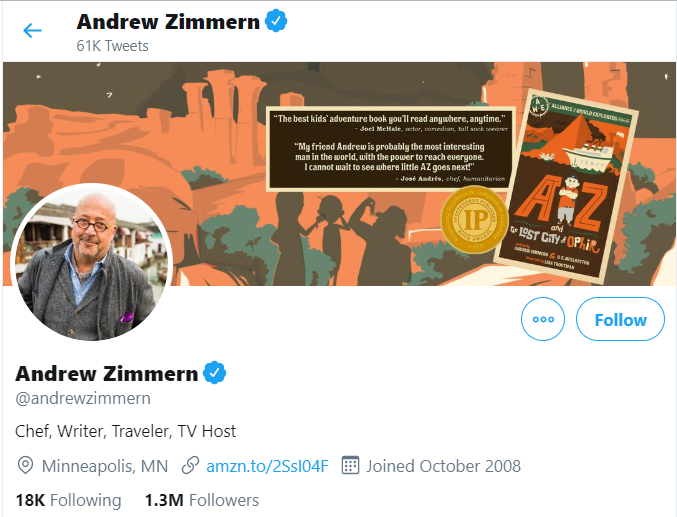 They’re also getting buy-in from the food community, enlisting celebrities in the food space to “socialize” the event. The Times has a huge following, of course, but by connecting with influencers, they can expand the Food Festival tent.
They’re also getting buy-in from the food community, enlisting celebrities in the food space to “socialize” the event. The Times has a huge following, of course, but by connecting with influencers, they can expand the Food Festival tent.
But the true visionary of Food Festival?
The PD. Or in this case, the founding editor of the the Times Cooking section – Sam Sifton. Why would a content person be overseeing an event marketing initiative?
Susan Howard explains:
“This is really Sam’s vision – and that helps us keep it clearly in the lens of something 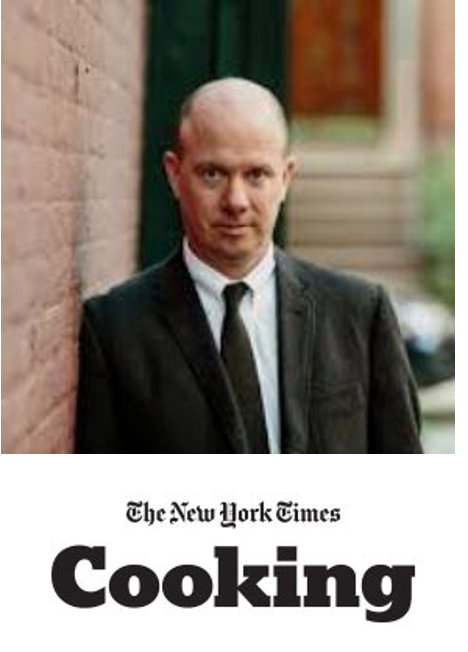 that’s for our readers – something that is worth paying for and not just a marketing event…This is not (just) a chance to market to people. This is a chance to let them experience our journalism and nothing is going to get in the way of that.”
that’s for our readers – something that is worth paying for and not just a marketing event…This is not (just) a chance to market to people. This is a chance to let them experience our journalism and nothing is going to get in the way of that.”
That commitment to the product, the brand, and the reader (or listener) are the building blocks that will undoubtedly make Food Festival (or any radio station event) a success – especially that critically important first time. But success – in terms of turnout as well as a profit-making vehicle depends on that singular focus by the person in charge of content goes to the essence of Food Festival.
Or any big-scale radio station marketing event.
Pass the ketchup.
- What To Do If Your Radio Station Goes Through A Midlife Crisis - April 25, 2025
- A 2020 Lesson?It Could All Be Gone In A Flash - April 24, 2025
- How AI Can Give Radio Personalities More…PERSONALITY - April 23, 2025




Events make up our 13th month of revenue each year. We look for at a handful of key metrics:
1. Does the event resonate with our audience?
(Never ask your audience to do something
they wouldn’t normally do.)
2. Is there a sponsor-revenue base for the
event?
3. How do we minimize our up-front cash
outlay to facilitate the event?
4. Can we find somebody else’s parade and
get out in front of it?
5. What partnerships can we leverage to help
ensure our success?
6. Have we thought of all the contingencies
and anticipated every possible problem
and issue with the event?
7. Pull the trigger. If you fail….fail fast and learn
from it.
Boom! Revenue month #13.
Love this, Biv. Thanks for sharing this great guide. And I especially like #1.